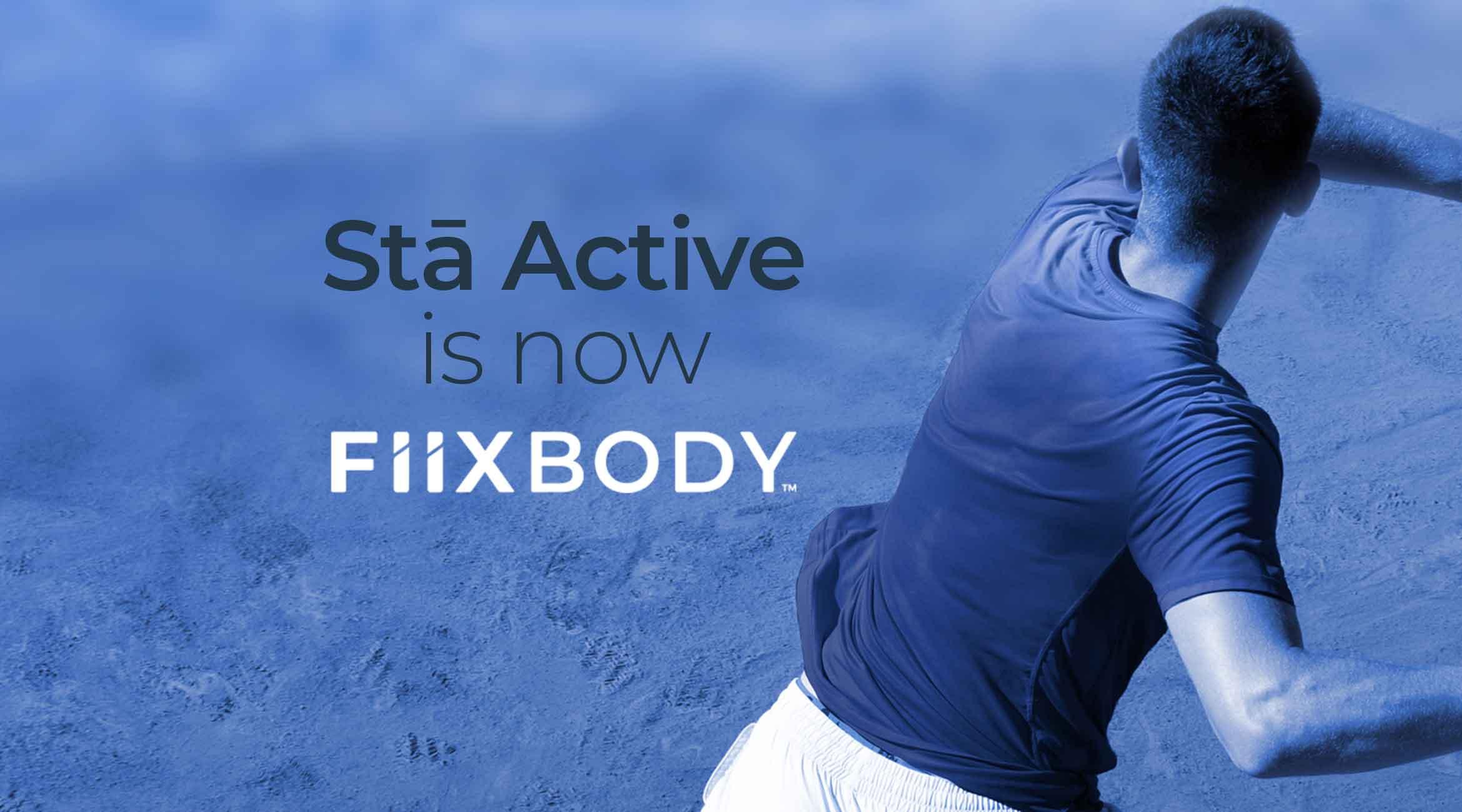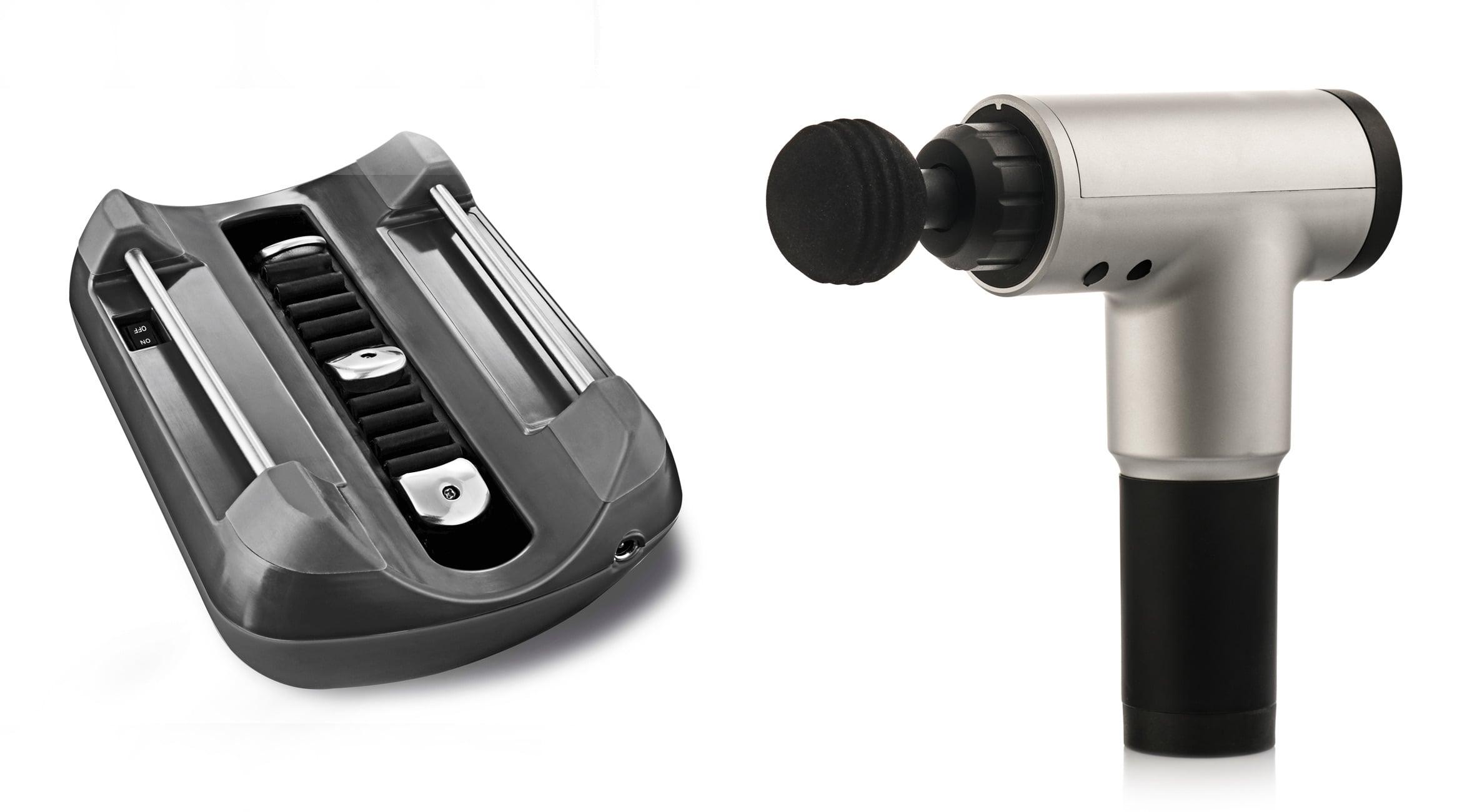Although many people have heard of tennis elbow, a similar condition exists called golfer’s elbow. While these ailments share some similarities, they are ultimately different. If you’re having pain in your elbow, how do you know what’s wrong, and how best to treat it? Here’s how to tell the difference between tennis elbow and golfer’s elbow.
Definition and Susceptibility for tennis elbow and golfer's elbow
Both tennis elbow and golfer’s elbow are overuse injuries that are caused by repetitive motions of the forearm and wrist, leading to inflammation or partial to full tears of the tendon, and resulting in pain. Each condition tends to start gradually, but can worsen over time.
Experienced by more than just tennis players and golfers, these conditions typically afflict those ages 40-60 who participate in jobs or activities where they perform repetitive movements with their arms. Tennis elbow is found among painters, carpenters, mechanics and cooks, among other physical professions; golfer’s elbow affects assembly line workers, plumbers, gardeners, construction crew members, exercisers who weight train and more.
Symptoms and Diagnosis for tennis elbow and golfer's elbow
Tennis elbow and golfer’s elbow have similar symptoms, but at different locations, and both generally impact the dominant arm. Because tennis elbow affects the lateral epicondyle tendon, which is connected to the muscles that extend the wrist and spread your fingers, pain is experienced at the outside of the elbow and forearm areas.
In golfer’s elbow, the medial tendon is injured, which attaches to the muscles that flex the wrist and contract your fingers (when gripping), so pain is felt on the inside of the elbow and down the arm.

Common symptoms of both can include:
-
Difficulty grasping or lifting objects
-
Weak grip strength
-
Sharp pain when using the forearm and wrist
-
Stiffness at the elbow
-
Dull ache when resting
- Numbness or tingling in fingers
For both conditions, the pain doesn’t usually go away on its own. If rest, ice and over-the-counter pain relievers do not help, or if the pain becomes severe, see a doctor. Physicians will examine the area and observe you performing basic arm movements. Sometimes an X-ray, MRI or electromyography test (EMG) is conducted as well.
Treatment and Prevention for Tennis and Golfer's Elbow
Treatment for tennis elbow and golfer’s elbow is similar, and approximately 80-90 percent of sufferers w
ill improve with nonsurgical interventions. Your doctor may recommend:
- Physical therapy. Therapists oversee a personalized exercise program to stretch and strengthen the forearm, wrist and shoulder muscles, and may use adjunct therapies such as massage, ultrasound and TENS and EMS to alleviate pain. One proven technique is instrument-assisted soft tissue mobilization (IASTM), which applies controlled microtrauma to break down adhesions, activate blood flow and stimulate cellular regeneration to heal tendons.
- Compression. Braces can help disperse forces and temporarily reduce strain on the tendons and muscles.
- Injections. Injections, such as cortisone or platelet-rich plasma (PRP), temporarily reduce inflammation and can relieve pain, but require additional treatments over time. Furthermore, cortisone can have long-lasting deleterious effects on the tendon; and PRP is expensive and has not shown enough evidence yet of effectiveness, so insurance companies will not cover the cost.
Specifically designed for tennis elbow, the new E5 therapeutic recovery treatment device from Stā Active automates IASTM and makes it available for the first time for simple self-treatment at home. This provides a convenient therapy that eliminates insurance deductibles and co-pays and appointment scheduling hassles.
As for prevention, continuing to do exercises recommended by a physical therapist to strengthen your grip, forearm and shoulder muscles helps take pressure off the elbow. If your ailment is related to sports activities, consider working with a personal coach or trainer to check your equipment and assess your technique. For work-related issues, employees should talk to their employer about potential accommodations, such as stretching breaks, schedule modifications or new tools/equipment, if possible.








